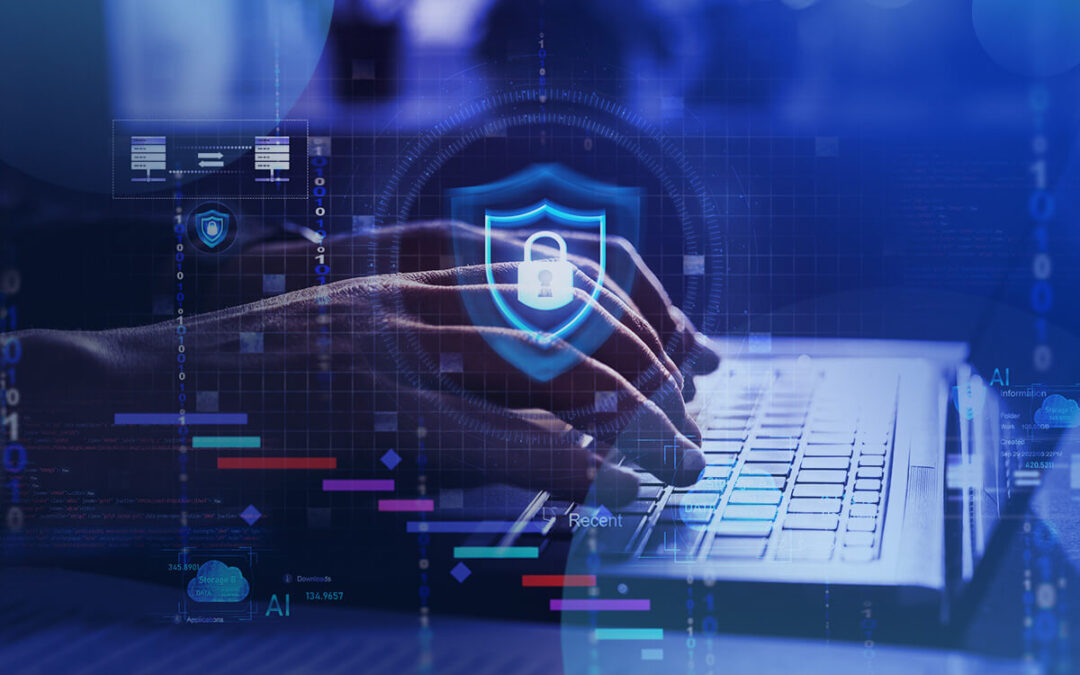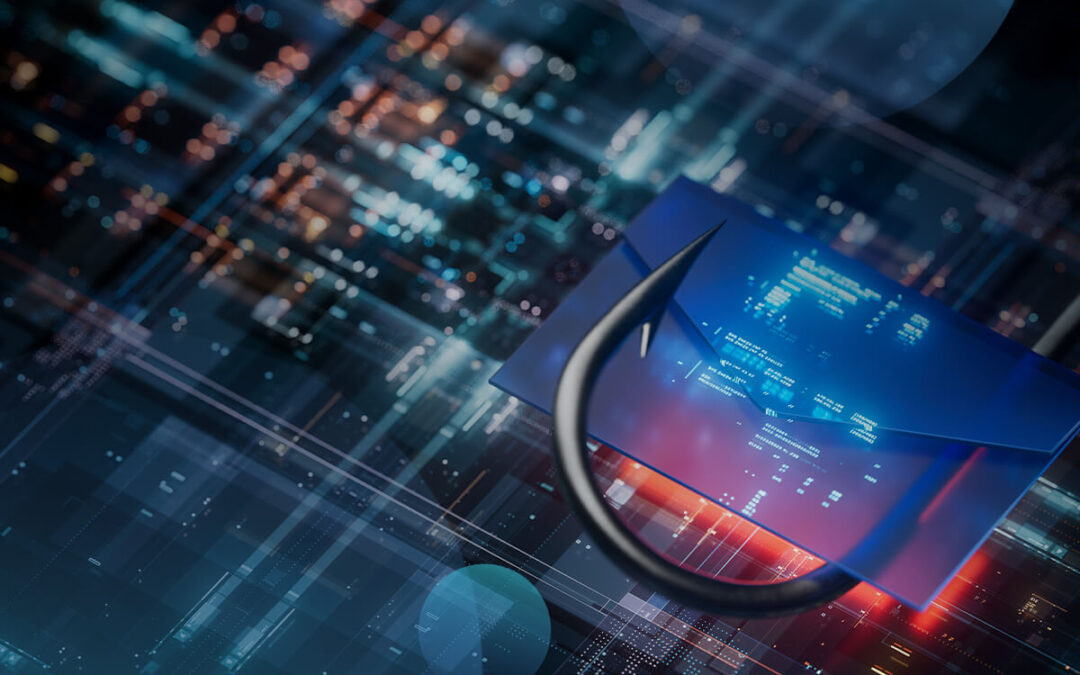
Application modernization is critical to surmounting the vulnerabilities of legacy applications and systems. But app modernization efforts introduce their own set of security obstacles.
Application modernization is both a boon and a hurdle to network and information security. While application modernization dramatically improves security, properly implementing security in a cloud environment is one of the most considerable obstacles obstructing modernization projects.
Several forces drive the current demand for modernization, including the disruptor economy, cloud-native software development, and data governance and compliance rules. These same forces push cybersecurity protocols to adapt. DevSecOps combines three previously siloed departments (development, security, and operations) and deploys a circular deployment model. Since application development is no longer linear, the processes that once worked in that model must grow and change to meet the needs of continuous deployment.
This post outlines the core benefits of modernized applications. In addition, we review the problems of cloud network security and how cybersecurity is evolving to remove the friction points from information security.
Security benefits of application modernization
In addition to the operational benefits of application modernization—improved agility, enhanced networking speeds, and better user experience—application modernization provides crucial benefits to an organization’s network and information security. Modernized applications enjoy access to:
- Fortified overall security posture.
- Enhanced defenses against data breaches, malware, and other malicious attacks.
- Next-gen threat detection and prevention fueled by machine learning.
- Expanded governance and compliance management controls that address the latest regulations.
Learn more: Meeting market demand through modernization of legacy technology
Obstacles to cloud security
Identity and access management (IAM)
In the previous generation of computing, a single firewall was an adequate measure for securing a company’s data center. Currently, data centers are migrating from premises and into the Cloud. One firewall is no longer sufficient to protect a distributed technology estate. Every environment, every application, and more so, every user is now a potential security risk. Firewalls still have a place in cloud security, but the focus has shifted from protecting the organization as a whole to creating identity-based permissions.
Identity and access management (IAM) quickly becomes complicated, especially for larger organizations with thousands of cloud-based identities. Managing that many users is a stretch for in-house IT teams and takes time away from mission-critical tasks. However, identity management is vital for securing networks and company information. User identities and permissions are a primary target of bad actors.
Learn more: Zero Trust Networks: What are they, and how do you implement one?
Tensions between development and security
DevOps aims to speed up the application development cycle as much as possible through a continuous deployment model. Conversely, the purpose of IT security teams is to ensure the safety of each product, no matter how long it takes. Slower is safer in the security world.
At first glance, these two goals oppose each other and cause tension between developers and security. According to a report from GitLab, 42% of responding developers said that security tests come too late in the application development timeline. Understandably, each team wants to achieve its goals with as little friction as possible.
DevSecOps (development, security, operations) has evolved to bridge the gap between IT security and DevOps. This approach keeps the goals of developers, operations, and security teams on equal footing. DevSecOps often embraces automation to speed development and security processes, which eases transitions like cloud migration and application modernization. (See more on DevSecOps in the next section.)
Critical solutions to network and information security issues
Cloud IAM
A healthy identity access management program improves an organization’s overall security posture.
- Implement zero-trust networking with ID authentication and multifactor authentication (MFA).
- Deploy identity governance protocols in the cloud utilizing cloud access security brokers (CASB), on-premise, and across the whole of the company’s IT real estate.
Build a culture of security
To ensure the security of the organization’s information and networks, each employee must become a firewall. IT leaders must strive to create a culture of security from the top down. Essential security best practices include:
To ensure the security of the organization’s information and networks, each employee must become a firewall. IT leaders must strive to create a culture of security from the top down. Essential security best practices include:
- Utilize multifactor authentication (MFA) in password access portals.
- Schedule regular vulnerability testing.
- Establish a patch management program and maintain data compliance.
- Ensure sensitive data is encrypted in each state (in the cloud, in motion, etc.).
Automation
AI tools are helping to speed up security testing and move tests to earlier in the application development process. With automation, developers can deploy these tools themselves with minimal oversight from the security team.
Shifting left and DevSecOps
As previously mentioned, the app development cycle challenges security protocols and vice versa. In the older waterfall development method, it made sense for security testing to come at the end of development. But as DevOps embraces agile and circular development philosophies, security can no longer be an afterthought. Security must integrate into the development process itself.
In the DevSecOps model, security “shifts left” on the X axis of the app development timeline. By including security earlier in the process, DevSecOps promises to blend the goals of speed and security while easing tensions between security and development.
Read more: Three vital tactics for embedding cloud network security
Making sense of network and information security
Application modernization is no longer optional for a majority of companies. Because of this, they must prioritize cloud security, especially for their network, data, and information. When an organization refuses to modernize its operation to the Cloud, it risks significant security threats, slowing infrastructure, or losing revenue to digitally mature competitors. Modernized applications enjoy the benefits of modern cloud security tools and techniques. That said, cloud security does have its own challenges, which has led to the rise of DevSecOps.
Organizations should establish security partnerships to create and maintain a strong security posture. OnX security experts continually stay up to date with the latest cybersecurity threats. The OnX portfolio of security services includes security testing, cloud security, fully managed security, and set up of zero-trust networking.
Talk to one of our experts to learn more about strengthening your organization’s security posture.
















